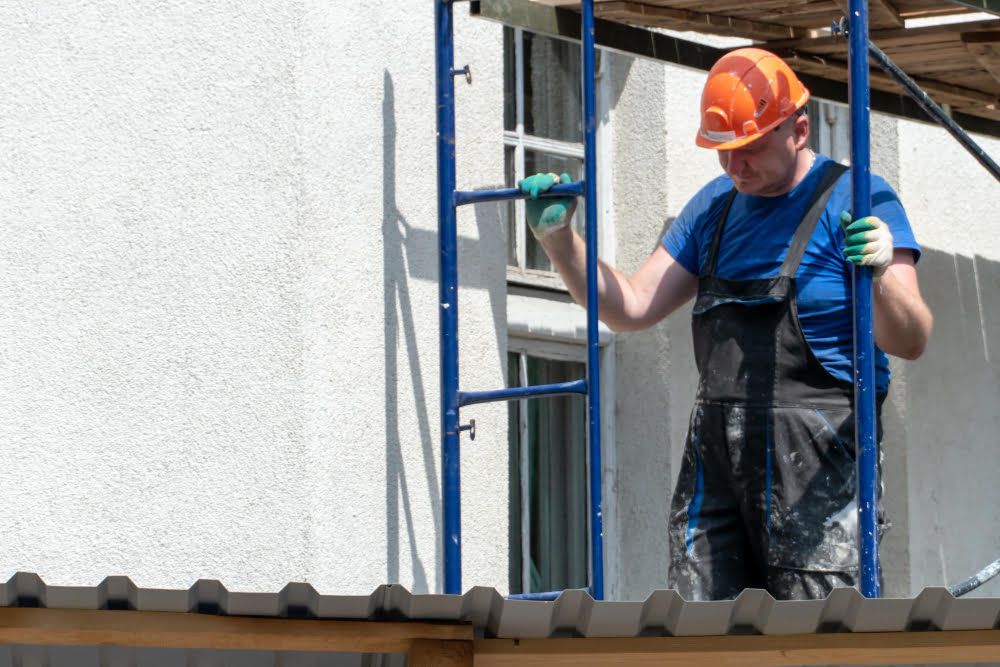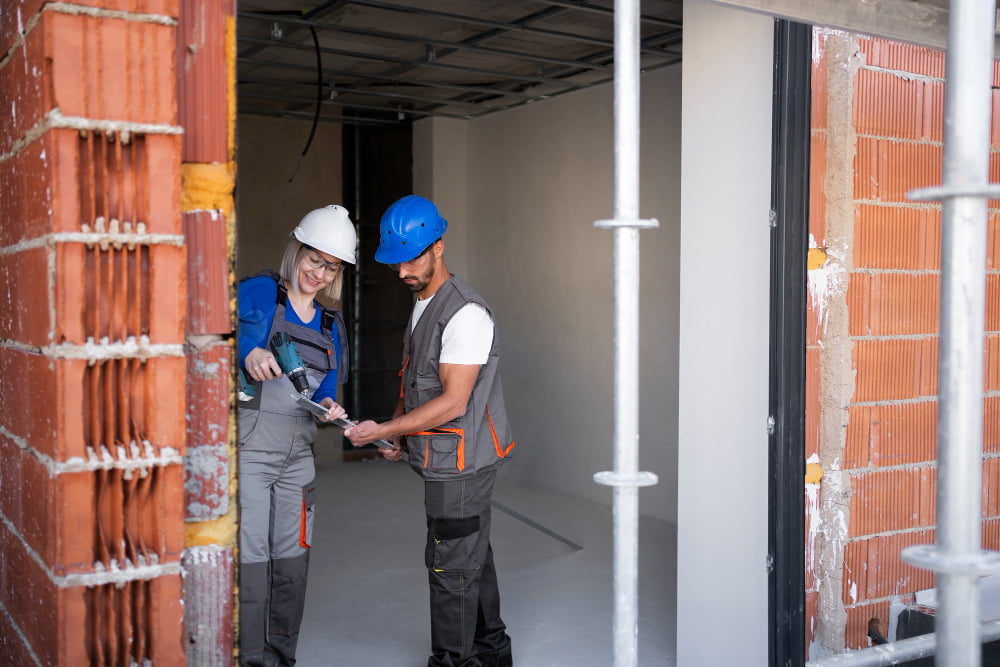Last updated on
Smart building repairs are the future of facility management for businesses worldwide. In an era of digital transformation, incorporating cutting-edge technology into building repairs and maintenance can significantly enhance efficiency, reduce operational costs, and increase the lifespan of your infrastructure.
This guide will provide insights into smart building repairs, exploring the benefits, the types of smart technologies involved, and how to implement them effectively in your business. Whether you’re a seasoned business owner or a budding entrepreneur, this comprehensive guide is tailored to equip you with the knowledge and tools to navigate the realm of smart building repairs.
General Building Repairs

When diving into the world of building repairs, it’s crucial to prioritize tasks based on urgency and importance. The following are some of the most critical building repair tasks you should address first:
- Roof Repairs: Damaged or leaky roofs can cause a multitude of issues like water damage, energy inefficiency, and potential health hazards from mold growth. Therefore, any roof repairs should be handled immediately.
- Structural Issues: Any signs of structural damage, such as cracks in the walls or foundation, are a top priority due to the potential safety risks they pose. These issues could lead to more significant problems down the line if not promptly addressed.
- HVAC System: The Heating, Ventilation, and Air Conditioning (HVAC) system is a critical component of any building. Any issues related to HVAC systems, such as irregular heating or cooling, should be repaired quickly to ensure the comfort of the building’s occupants.
Roof Repairs
The roof is an essential part of any building, as it protects against harsh weather conditions and other external elements. Regular maintenance and timely repairs are crucial to ensure the longevity of your roof. Be sure to research local contractors and choose one with a good track record for roof repairs. Also, consider using smart technology to monitor your roof’s condition and detect any potential issues before they escalate.
Structural Repairs

Structural repairs are essential for maintaining the integrity of a building. These repairs could involve anything from fixing cracks in walls or ceilings to reinforcing foundations. It’s critical to address these issues promptly to prevent further damage and ensure the safety of building occupants. Consider using advanced technology, like sensors and data analytics, to monitor the building’s structural health continuously.
HVAC Repairs
The HVAC system is responsible for maintaining comfortable temperatures and air quality within a building. Therefore, any issues with this system should be addressed as soon as possible. Regular maintenance is key to ensuring the optimal functioning of the HVAC system. You can also use smart thermostats and sensors to monitor energy usage and detect any irregularities in your HVAC system, allowing for timely repairs.
The Takeaway
Smart building repairs represent a significant stride in the evolution of facility management. Embracing technology can optimize building repairs, enhance efficiency, and result in considerable savings. By prioritizing critical tasks like roof, structural, and HVAC repairs, you can ensure the longevity and safety of your building.
Furthermore, the use of advanced technologies like sensors and data analytics provides continuous monitoring, early detection of potential issues, and timely intervention. As a business owner, staying ahead of the curve by investing in smart building repairs is a strategic move to future-proof your infrastructure. Embrace the future of facility management today, and see the difference it makes in your business.
Recap:



